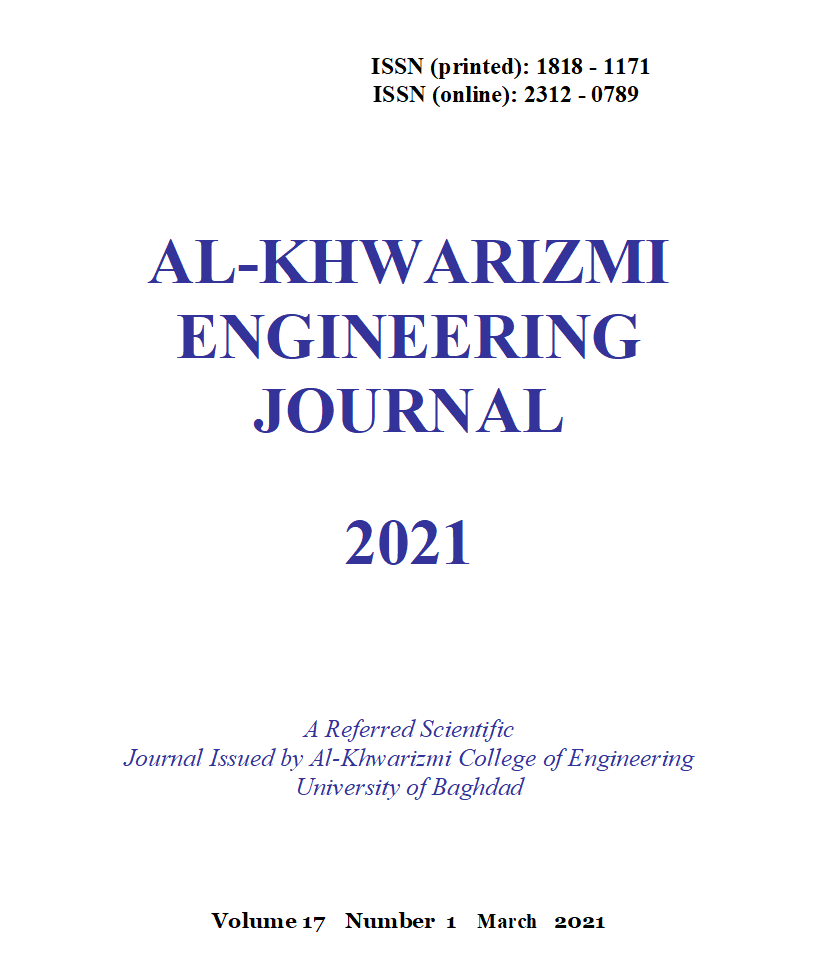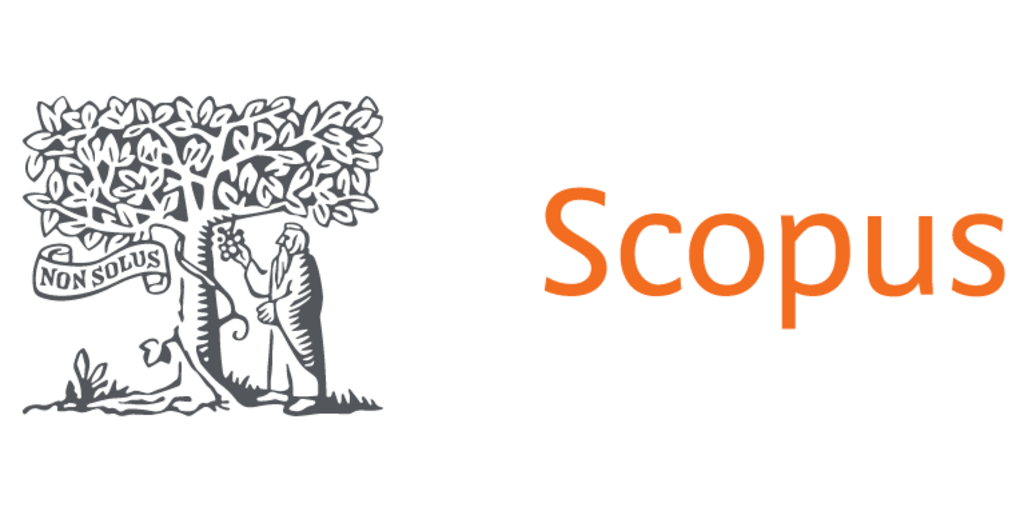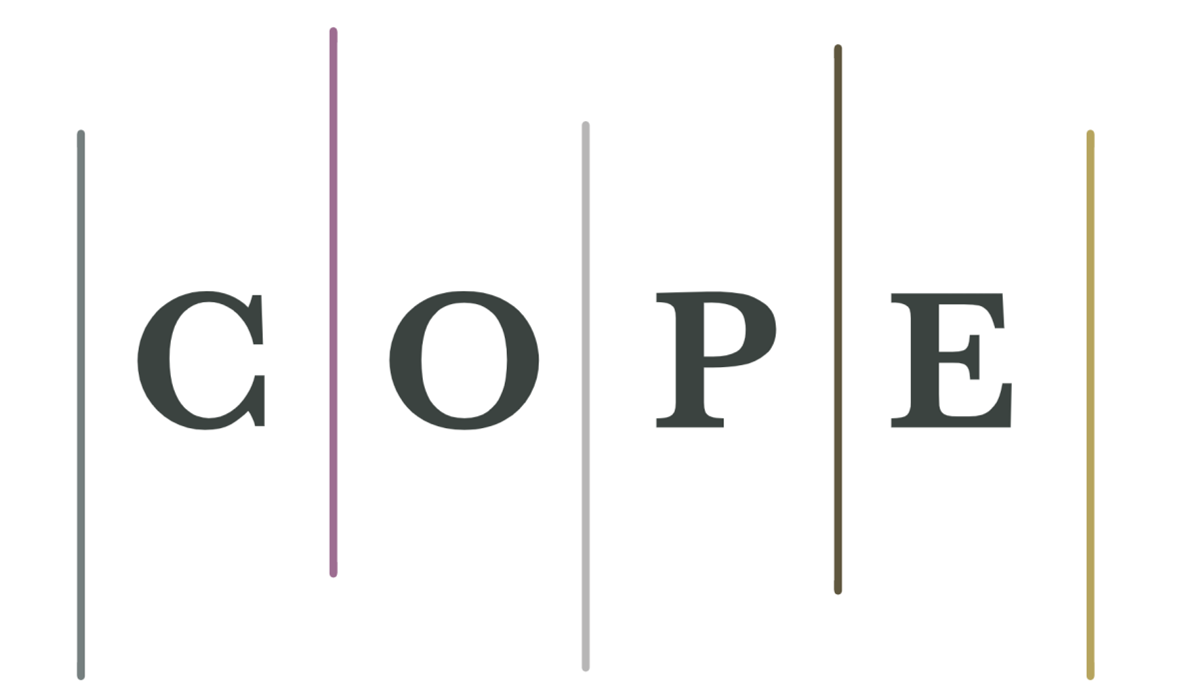Adsorption of Indigo Carmen Dye by Using Corn Leaves as Natural Adsorbent Material
DOI:
https://doi.org/10.22153/kej.2021.11.002Abstract
In this paper, the ability of using corn leaves as low-cost natural biowaste adsorbent material for the removal of Indigo Carmen (IC) dye was studied. Batch mode system was used to study several parameters such as, contact time (4 days), concentration of dye (10-50) ppm, adsorbent dosage (0.05-0.25) gram, pH (2-12) and temperature (30-60) oC. The corn leaf was characterized by Fourier-transform infrared spectroscopy device before and after the adsorption process of the IC dye and scanning electron microscope device was used to find the morphology of the adsorbent material. The experimental data was imputing with several isotherms where it fits with Freundlich (R2 = 0.9937) and followed pseudo second order kinetic. The highest removal percent was equal to 91% of the dye which makes the corn leaves a suitable efficient material for the removal of IC dye from aqueous solutions.
(Received 26 September 2020; accepted 16 November 2020)
Downloads
Downloads
Published
Issue
Section
License
Copyright: Open Access authors retain the copyrights of their papers, and all open access articles are distributed under the terms of the Creative Commons Attribution License, which permits unrestricted use, distribution, and reproduction in any medium, provided that the original work is properly cited. The use of general descriptive names, trade names, trademarks, and so forth in this publication, even if not specifically identified, does not imply that these names are not protected by the relevant laws and regulations. While the advice and information in this journal are believed to be true and accurate on the date of its going to press, neither the authors, the editors, nor the publisher can accept any legal responsibility for any errors or omissions that may be made. The publisher makes no warranty, express or implied, with respect to the material contained herein.
















